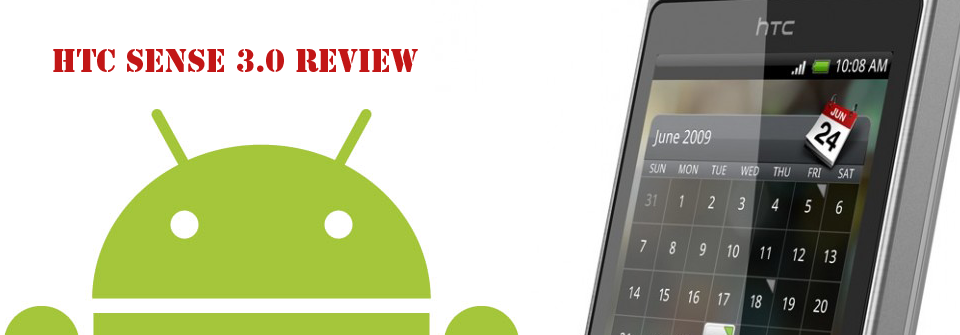Sense has come a long way since its inception with the HTC Hero and Desire. Sense made these phones usable at a time when Android couldn’t compete with other operating systems. On the surface Sense 3.0 focuses merely aesthetics, but underlying features, apps and functions make us beg to differ.
We find many parts interesting (but not totally unheard of in the mobile space) such as the quick settings panel inside the notifications drop down which gives access to WiFi, Bluetooth, WiFi Router, Mobile Network, GPS, settings panel and RAM usage of the phone, which opens the task manager built by HTC – a convenient feature to have without jumping out of applications. (The idea isn’t totally new we first saw it on Jailbroken iPhones), but the implementation is superior, more stable and fits in nicely with the OS.)
You’ll also find the now standard quick-application switching at the top of the regular notifications panel (circa Sense 2.0), letting you jump from app to app without any lag whatsoever on newer dual core phones.
The lockscreen has been redone this time with a ‘ring’ that the user can either pull one of 4 applications inside to launch or simply drag the ring toward the center of the screen to unlock the phone normally. These quick launch applications can be changed, although the controls for changing them are hidden quite well inside the personalize menu.
Application launching has changed, with selectable options for ‘All’ ‘Frequent’ and ‘Downloaded’ with a slider to choose between the options onscreen. It makes for an easy way of organizing when you have a lot of applications.
HTC has gone from making Android 1.5-1.6 usable (albeit slowly), changing it into something that seems to duplicate nearly every existing function of Android, or functions available through Market Apps. In fact, calling Sense 3.0 a resource hog that serves no purpose outside of aesthetic may be a bit harsh, but it’s closer to the truth than calling it well engineered or functional.
Weather infects the lock screen and the home screen by default (at least on the Sensation) which uses heavy 3D acceleration to show weather effects. We don’t need to fly through the clouds HTC, we just need information. The number of widgets has increased somewhat including the HTC Hub with downloadable widgets, themes, backgrounds, sound packs and more. For some reason this feature requires its own sync option in settings, but turning it on or off didn’t seem to affect battery life. Mentioning battery life, the Power Saver function of Sense 2.0 is present here and just as welcome.
Gingerbread is now standard in Sense 3.0 phones, certainly a relief not waiting for manufacturer/carrier updates like many other Android phones on the market today. Although with a skin the heavy it may require some time for HTC to upgrade the Sensation and EVO 3D to Ice Cream Sandwich. Unfortunately, Sense 3.0 comes loaded with garbage apps, some of which manage to eat battery and slow down the phone (we’re looking at you Qik).
HTC has taken two steps forward with Sense 3.0 and three steps back. Form has been preferred over function and it shows throughout the operating system that HTC modified. Expect two Facebook clients, twitter clients and more functions duplicated by the skin over the OS. We prefer 3d party options on the Market for launchers, social clients and music players (which hasn’t been improved) that HTC’s software quality just can’t match.





